Enhanced Indexing Strategies: Utilizing Futures and Options to Achieve Higher Performance
$31.62
| Author(s) | |
|---|---|
| Format |
|
| Pages |
304 |
| Publication Year |
2009 |
With Enhanced Indexing Strategies, author Tristan Yates reveals how you can create and build high-performance indexing strategies using derivatives that can potentially generate much higher returns than conventional index investing. In addition, Enhanced Indexing Strategies introduces six innovative long-term indexing strategies using futures and options, each with its own advantages and applications.
Author’s Introduction:
What if we could borrow money at 5 percent and reinvest it at 10 percent annually for years or even decades? This simple idea proved to be the seed for an ambitious project, a book created to show investors how to use futures and options on index-linked securities to earn very high portfolio returns. After more than a year of writing and research, here is that book. To achieve our goal, we start with the highest performing and most reliable investment available in the marketplace, the index fund. In the past several years, literally hundreds of index-related products have been introduced in the marketplace, most designed to capture a narrow slice of returns in the broad markets and provide investors with the capability to mix and match different funds in order to build custom portfolios.
Ironically, this wide variety of investment products creates a security selection problem that is very similar to the one that indexing was created to avoid. In this book, we show exactly why some indexes perform better than others and how to successfully combine products into portfolios that deliver better risk-adjusted returns than Standard & Poor’s 500 Index (S&P 500). These index portfolios are the basis of our leveraged portfolios.
The next step is to apply leverage, and the most cost-effective way to do this is by using derivatives such as futures and options. With these instruments, it is possible to not only borrow money to invest at a low rate of return, but also, when using options, to implement hedging strategies that help reduce the risk of catastrophic losses.
A key difference between this book and others on option trading is that here options positions are used to capture long-term pricing trends rather than short-term market movements. On average, the index rises 10 percent a year, but some years it gains 25 percent and in others it loses 25 percent, and the aim is to develop and present a variety of option strategies that can capture appreciation in volatile conditions across many years. Six chapters are devoted to implementing specific long-term strategies.
As a result, this book discusses some options strategies in depth but omits others that would be inappropriate to those goals. The focus is primarily on long calls and call spreads, LEAPS options, and hedging strategies. Previous exposure to options strategies is definitely helpful, but not required, but a solid understanding of investing and index funds is obligatory, and a facility with Excel is assumed.
Contents:
- Owning the Index
- Applying Leverage
- Indexing with Synthetics and Futures
- Capturing Index Appreciation with Calls
- Leveraged Covered Calls with Futures
- Rolling LEAPS Call Options Explained
- Long-Term Returns Using Rolled LEAPS
- Long and Short Profits with Call Spreads
- Cycling Earnings Using Spread Positions
- Practical Hedging with Put Spreads
- LEAPS Puts and Three Ways to Profit
- Managing the Leveraged Multistrategy Portfolio
Enhanced Indexing Strategies: Utilizing Futures and Options to Achieve Higher Performance By Tristan Yates pdf
11 reviews for Enhanced Indexing Strategies: Utilizing Futures and Options to Achieve Higher Performance
Clear filtersOnly logged in customers who have purchased this product may leave a review.

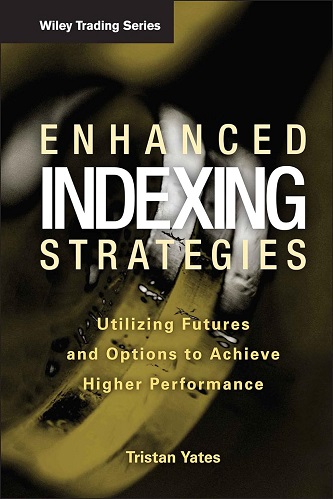

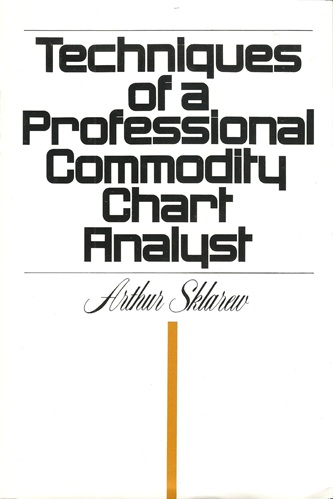
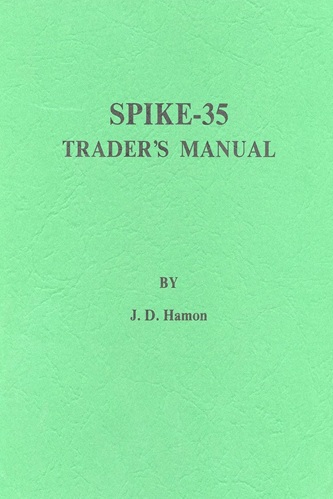


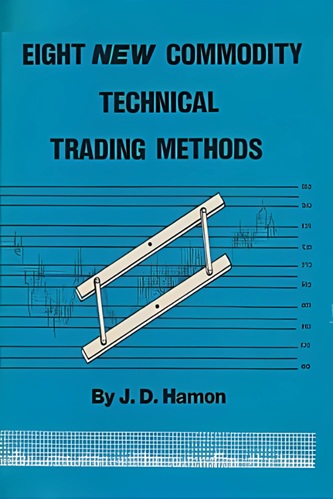
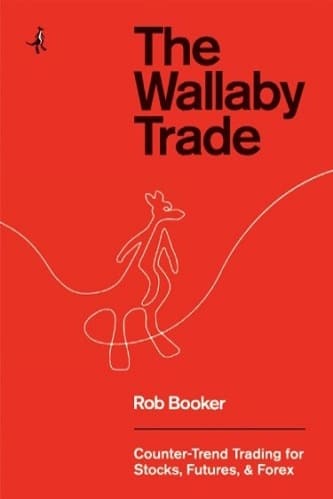
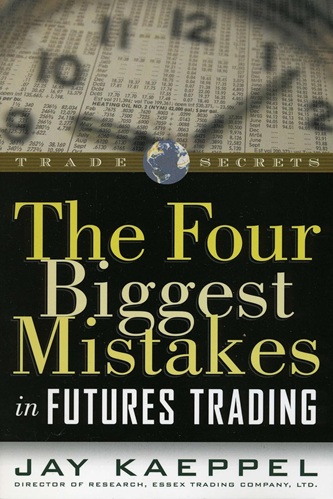
Jon Wood (verified owner) –
This book is a must read for those investors aiming to enhance performances through adopting strategies finalized to outperform specific benchmarks.
Ryan Lawson (verified owner) –
The author is a relatively well-known finance blogger. I’ve read his remarks about leveraged ETFs. That wasn’t so bad. That’s why I bought the book.
What can you say about a book that was published in 2009, but whose time series all end in December 2006. The crash of 2008 doesn’t come with a word to die for. There is a good reason for that. All the great strategies with fairytale wins would have been dead as a mouse in 2008. You can argue: That was just a century of tsunami. Almost all strategies have been worn out. However, the strategies presented would have capsized again in July/August 2011. It was more of a thunderstorm like it often happens. A playable strategy must endure something like this.
The author intersperses many stories in his presentation. But he doesn’t take the details so carefully. It’s okay with a blog. Not with a book.
I was particularly disappointed with the presentation about leveraged ETFs. On this subject, the blog is even more detailed and detailed than the book. Yates calls LetFs a money trap. So are they in the long run. It’s just that money doesn’t disappear. If the naïve investor sinks the money with the LETF, then there must be a way to exploit this. The sink is converted into a source by a sophisticated investor. That is the actually interesting aspect of LetFS. However, there is no line about this in the book. Either the author is not aware of these strategies (more of a sign of poverty), or he does not want to make them known. But then he shouldn’t write a book and use his secrets for his own advantage. Chrilly’s guess: He is clueless.
Georgia Robinson (verified owner) –
Yates put together a wonderful book with lots of research about a topic that many investors often foolishly overlook while seeking out “high gain” opportunities. By investing in indexes that are naturally less risky than individual stocks and sectors, investors are able to profit tremendously by applying leverage while minimizing their risk. The author sets out to lay down the groundwork for numerous strategies that take advantage of high risk-adjusted returns.
While Yates provides plenty of strategies that allow investors to profit from leverage in up markets, there are a few factors that are overlooked which make his strategies less practical for an individual investor and eventually make his book seem like a long and in depth case study. It is interesting to read and understand, but few investors other than high net worth, *extremely* risk tolerant investors could practically benefit from most of the strategies presented. The distinctions between the mildly risky and extremely risky strategies are lightly touched upon leaving a wrong impression for investors looking for high gains.
Overall it is an important book for traders and money managers that have a long time horizon and freedom to take more risks than basic index or fund investing.
Adrian Huynh (verified owner) –
The idea of this book sounded very interesting me, passive investing in an index trying to enhance returns or lower the associated risk. Too bad the author failed to present a useful strategy for this. This whole book is one rehash of already existing option strategies (DITM calls, rolling leaps, calendar spreads, synthetic futures positions, …). Every example the author presents is a theoretic simulation of how one of these strategies might have performed in the past. At one point the author mentions the covered call strategy on an index, pointing out the returns of this strategy are likely to be low, but they can be increased by using a x20 leverage factor … This must be one of the quickest way to bring your entire equity account down to zero.
As one of the other reviewers also noticed, this book was written right before the severe bear market of 2008. Almost every strategy presented in this book would not have survived this market. The author could not have known one of the biggest bear markets was about to come after his publishing, but for the readers it’s nice to see how these strategies would have performed out of sample.
Natalia Edwards (verified owner) –
Tristan Yates takes the idea of using indexes to a new level. The basic idea is that indexes perform well over the long term and that there are many different strategies that can capture long term appreciation. The initial strategy is to use rolling leap calls on several indexes. From there he lists multiple types of spread strategies and details the pros and cons of each. I found this book very useful and informative but it is not for beginners. Everything was backed with solid research and analysis. I highly recommend this book.
Milena Eaton (verified owner) –
The author takes a unique strategy with strong intuitive appeal — indexes reliable produce strong returns in the long-term and can therefore be leveraged with relative safety — and brings it out of the realm of intuition and into the real world of investing. By providing detailed historical analysis of various leveraging strategies and in-depth discussion of how market conditions will effect the strategies going forward, the book enables the reader to think for him or her self and develop personalized strategies based on book’s fundamental insights. I highly recommend the book to anyone who finds the author’s basic insights appealing and would like to move from theory to action.
Matthew Kelley (verified owner) –
This is a very well written, informative and easily understandable book. I ordered a number of books to learn more about investing in these challenging times. This book was by far the most useful. The title intimidated me a bit but I decided I would give it a try…and I am very glad I did. I would recommend this book to people of all investing levels. It is easy enough to understand for the beginner and has many advanced strategies that will also benefit someone with much more experience.
This is a great book that has allowed me to reduce my risk while increasing my leverage and potential for returns. The timing of the release of this book could not have been better…Clearly it is better to be more leveraged closer to the bottom of the market than the top. I no longer fear a margin call because I have implemented some of the books strategies to more safely increase leverage using quality underlying investments. Adding leverage to something safer for higher returns makes more sense to me than investing in something riskier. I now have a portfolio with my desired level of volatility and leverage without taking unnecessary (and uncompensated) risk. The book helps quantify the risks of too much leverage. The book also shows ways of combining options to get cost effective downside protection. The book also contains enough historical data to help you make informed investing decisions. Overall, I feel the book gives enough information to effectively use options, LEAPS, and futures for long term profits.
After reading the book I did some research to find more from the author, Tristan Yates. I could not find any other books but I did find a number of useful articles he has written on Seeking Alpha, Forbes, Kiplinger and many others that I cannot remember right now. The book has given him the ability to go more in depth than his articles and provide a number of intuitive and useful alternatives to conventional investing. I like that he contributes to the community on a regular basis and feel good about buying his book to help compensate him for all his efforts.
Rosalie Buck (verified owner) –
I found Tristan Yates from his LEAP website ([…]) when I was researching ways to increase more leverage in my personal portfolio. Impressed with his work I bought this book soon after it came out.
Pros:
* His book is definitely not based on magic. He draws on decades of research in investing.
* Interesting introductory chapters that would also appeal to experienced investors. It doesn’t just re-hash the benefits of ETF or index funds.
Reason I gave 4 stars:
* Soon after the book came out VIX went to the 80’s. The volatility examples in the book needs to be updated.
* I would prefer if there’s a javascript application on the website where I can enter my personal scenario to find out the best source of leverage. Depends on your marginal tax rate and the tax laws of your country you might want to do margin loans instead of LEAP options. (See my analysis here, […]
All in all, I would recommend this book as a great overview of leveraged indexing. Yates isn’t try to show you how to get-rich-quick, instead he shows a sensible way to allocate your capital more efficiently with leverage.
Corey Brady (verified owner) –
The topic of the book (how to lever an index) was exactly what I was looking for, but despite being released in 2009, the book fails to even mention anything that has transpired over the last 2 years. All of the data ends in 2007, and the author routinely points out things like a 30% decline in the index is very rare. I understand this was probably written several years ago, but it’s strange that every strategy he proposes (including his risk management techniques) would have resulted in catastrophic failure (losses >=100%) over the last 24 months. The author also relies heavily on backtesting and seems to lack a good grasp of fundamental investment concepts.
Leighton Boyd (verified owner) –
The title of this book is misleading. I bought the book expecting to learn more about investing in indexes using futures and options. I was mainly interested in learning more about using futures. The reason the title is misleading is the book doesn’t get into discussions on how to use futures. There are maybe four or five paragraphs throughout the book that mentions futures but no details on how to use them. The book is all about using options, not futures. Because of this I was very disappointed in the book.
Oaklee French (verified owner) –
I came across Tristan Yates’ writing and research from the website Seeking Alpha. Interested in his careful and clear explanation of why leveraged index ETFs don’t deliver their expected 2x returns over time, I visited his website to read more of his work. There I discovered he’d recently published a book looking at well, enhanced indexing strategies and also using options–especially LEAPs–for better returns. I’ve always suspected there were “structural” opportunities with LEAPs, but don’t have the knowledge to estimate returns. So I was eager to get a copy of Yates’ book.
Although Enhanced Indexing Strategies isn’t exactly what I expected, it is a very helpful resource. Yates is meticulous in his research and stats, showing how various combinations of options and alternative approaches to index investing will perform in a variety of conditions. I shudder to imagine the amount of number-crunching hours that went into the calculations. Yates answers questions like a) what kind of returns can one expect if they put the bulk of their assets in treasuries and buy LEAPs with the balance b)What option writing and buying strategies look the most promising-not just at this moment, but over the course of years and different market conditions. And c) how to use leverage in an index portfolio for maximum benefit. It easy to follow, as Yates is a clear writer. Still, this is not a book for beginners. I’d say intermediate to advanced. Happily, there isn’t any intimidating math.
So what I was expecting? I was thinking the book would be a bit more definitive in telling you what to do. In retrospect this was naive as Yates can only lay out how strategies have performed, not tell you which ones to choose, given that depends on your risk profile and tolerance. Overall definitely recommended [if I had more control would give it 4.5 stars], as Yates looks and carefully quantities investing ideas few publish about in detail.